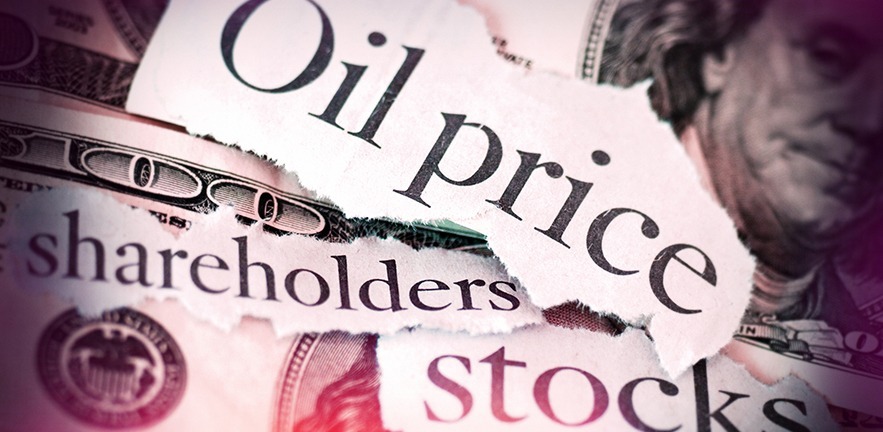
Ever since Milton Friedman’s celebrated 1970 article – “The Social Responsibility of Business is to Increase its Profits” – the shareholder model of the corporation has commanded widespread acceptance amongst finance academics and practitioners. Under this model, share value maximisation provides the exclusive yardstick for managerial performance (Friedman, 1970), while discretion to consider the interests of other stakeholders (e.g. employees, suppliers, customers, creditors, and local communities) is interpreted as enabling managers to rationalise any self-serving action (i.e. “managerial moral hazard”) (Tirole, 2001).
More recently, however, both finance scholars and business leaders have started paying renewed attention to the interests of stakeholders (i.e. “stakeholder orientation”). For example, the article “A Theory of the Stakeholder Corporation”, published in the Econometrica by Michael Magill (University of Southern California), Martine Quinzii (University of California, Davis), and Jean-Charles Rochet (University of Geneva), shows theoretically that firms that exclusively focus on shareholder maximisation are more exposed to certain risks that arise from their own investment and production decisions (i.e. “endogenous risks”). And further, that these risks generate negative externalities on stakeholders (e.g. lower wages for employees or higher product prices for consumers), leading them to underinvest in their relationship with the firm and, ultimately, decrease its long-term value. Additionally, institutional investors and CEOs of the largest US corporations seem increasingly willing to accept and even advocate for a corporate model with greater stakeholder orientation (Sorkin, 2018). For instance, on 19 August 2019, the Business Roundtable released a trailblazing statement, signed by the nearly 200 CEOs who are its members, redefining the purpose of a corporation and calling for a governance model that benefits not only shareholders but all stakeholders.
Motivated by these developments, in the article “Stakeholder Orientation and Firm Value”, CERF Research Associate Scott Guernsey, and collaborators Martijn Cremers (University of Notre Dame) and Simone Sepe (University of Arizona), study the firm-level implications of increased stakeholder orientation in director decision-making by examining how the enactment of US state-level directors’ duties laws (DDLs) affect shareholder value. DDLs − also known as “corporate constituency statutes” or “stakeholder laws” – increase stakeholder orientation by permitting directors to consider the impact of corporate decisions (such as whether to accept an acquisition offer) on an expanded set of stakeholder interests.
Their main finding is that the enhanced stakeholder orientation enabled by the passage of DDLs results in an increase in the shareholder value of firms incorporated in the adopting states. They show that this value improvement is more pronounced for firms where stakeholder investments are more relevant (e.g. firms that are more reliant on employees, customers, strategic alliance partners, and creditors) or firms that are more engaged in innovative activity (e.g. R&D spending and patenting outputs). The authors also find that, after these laws are passed, employees gain in job security, creditors gain from DDL-firms being more financially sound, and DDL firms increase innovative activity (where stakeholders’ firm-specific investments are key inputs to the firm’s innovation). These benefits, however, tend to be offset in firms with more severe agency problems (e.g. firms with longer tenured CEOs, stronger union influence on management, underutilised assets, and with higher operating expenses or more free cash-flows) where it is more likely that increased director discretion might be abused in the exclusive interest of management.
Overall, their results suggest that shareholders can benefit from greater stakeholder orientation in director decision-making (via DDLs) as it improves the commitment toward stakeholders and reduces contracting costs in many firms, but one size does not fit all.
References
Friedman, M. (1970) “The social responsibility of business is to increase its profits.” New York Times Magazine, 13 September 1970
Magill, M., Quinzii, M. and Rochet, J.-C. (2015) “A theory of the stakeholder corporation.” Econometrica, 83: 1685-1725
Sorkin, A. (2018) “BlackRock’s message: contribute to society, or risk losing our support.” New York Times, 16 January 2018
Tirole, J. (2001) “Corporate governance.” Econometrica, 69: 1-35


